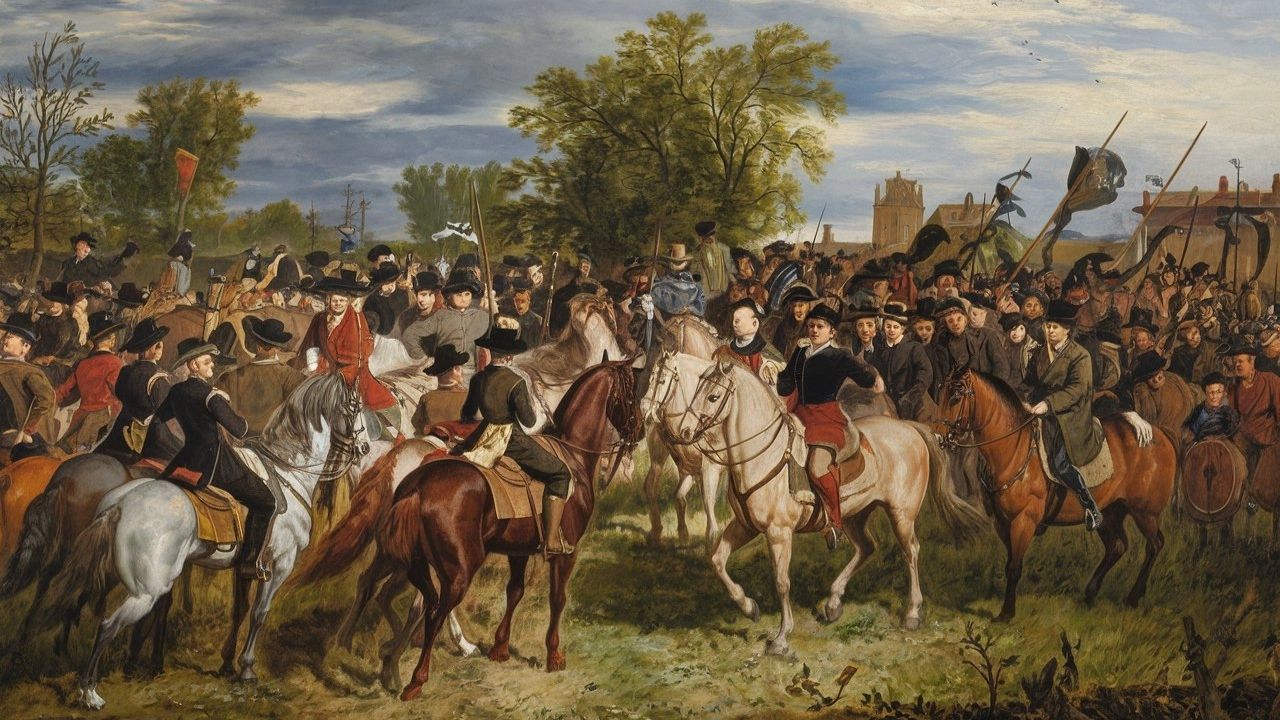
What was the Zazejskie Uprising? The Zazejskie Uprising was a significant revolt that took place in the early 19th century. Sparked by oppressive policies and economic hardships, the uprising saw local peasants and workers banding together to challenge the ruling authorities. This revolt wasn't just a spontaneous outburst; it was a well-organized effort that aimed to bring about meaningful change. The participants displayed remarkable courage and resilience, often facing brutal crackdowns. Despite its eventual suppression, the Zazejskie Uprising left an indelible mark on the region's history, inspiring future generations to continue the fight for justice and equality.
Key Takeaways:
- The Zazejskie Uprising was a rebellion in 1831 against oppressive rulers, inspiring unity and bravery among the people, leaving a legacy of resilience and freedom.
- The uprising led to battles, hardships, and international attention, shaping the region's history and culture, and inspiring future generations to continue the fight for justice.
The Zazejskie Uprising: A Brief Overview
The Zazejskie Uprising was a significant event in history, marked by bravery, struggle, and a quest for freedom. This rebellion, though not as widely known as others, played a crucial role in shaping the region's future. Here are some fascinating facts about this historic uprising.
Origins of the Uprising
Understanding the roots of the Zazejskie Uprising helps us appreciate its impact. The causes were deeply embedded in the socio-political landscape of the time.
- The Zazejskie Uprising began in 1831 as a response to oppressive policies imposed by the ruling authorities.
- Economic hardships and heavy taxation fueled discontent among the local population.
- The uprising was inspired by other successful revolts in neighboring regions.
- Nationalistic sentiments were growing, leading to a desire for self-determination and independence.
Key Figures in the Uprising
Several individuals played pivotal roles in the Zazejskie Uprising. Their leadership and courage were instrumental in the rebellion's progress.
- General Jan Kowalski emerged as a prominent leader, rallying the people to the cause.
- Maria Nowak, a local heroine, became a symbol of resistance and bravery.
- The uprising saw the involvement of various intellectuals who provided strategic guidance.
- Many young students and workers joined the movement, driven by a sense of patriotism.
Major Battles and Events
The Zazejskie Uprising was marked by several key battles and events that defined its course. These moments were crucial in the struggle for freedom.
- The Battle of Zazejsk was one of the first major confrontations, setting the tone for the uprising.
- A significant victory at the Battle of Krasno boosted the morale of the rebels.
- The Siege of Nowy Dwór was a prolonged and grueling conflict that tested the resilience of the insurgents.
- The uprising saw numerous skirmishes in rural areas, where local knowledge gave the rebels an advantage.
Impact on the Local Population
The uprising had a profound effect on the lives of the people in the region. It brought about both hardships and a renewed sense of unity.
- Many families were displaced due to the ongoing conflicts.
- The local economy suffered, with many businesses and farms destroyed.
- Despite the hardships, the uprising fostered a strong sense of community and solidarity.
- Cultural expressions, such as songs and poems, emerged, celebrating the spirit of resistance.
International Reactions
The Zazejskie Uprising did not go unnoticed by the international community. Various countries and organizations responded in different ways.
- Neighboring countries expressed sympathy and offered limited support to the rebels.
- The ruling authorities sought assistance from foreign powers to suppress the uprising.
- International media coverage brought global attention to the plight of the Zazejskie people.
- Diplomatic efforts were made to mediate and find a peaceful resolution to the conflict.
Legacy of the Uprising
The Zazejskie Uprising left a lasting legacy that continues to be remembered and honored today. Its impact can be seen in various aspects of the region's history and culture.
- The uprising is commemorated annually with ceremonies and events.
- Monuments and memorials have been erected to honor the heroes of the rebellion.
- The uprising inspired future generations to continue the struggle for freedom and justice.
- Historical research and literature have kept the memory of the uprising alive.
- The Zazejskie Uprising remains a symbol of resilience and the enduring human spirit.
Final Thoughts on the Zazejskie Uprising
The Zazejskie Uprising stands as a significant chapter in history, showcasing the resilience and determination of those involved. This event, often overshadowed by larger conflicts, deserves recognition for its impact and the lessons it offers. From the strategic maneuvers to the personal stories of bravery, the uprising provides a rich tapestry of human experience and historical significance.
Understanding these facts not only enriches our knowledge but also honors the memory of those who fought for their beliefs. As we reflect on the Zazejskie Uprising, let's appreciate the complexities and the courage that defined this pivotal moment. History isn't just about dates and events; it's about the people who lived through them and the legacies they left behind. So, next time you think about historical uprisings, remember the Zazejskie and the indomitable spirit it represents.
Frequently Asked Questions
Was this page helpful?
Our commitment to delivering trustworthy and engaging content is at the heart of what we do. Each fact on our site is contributed by real users like you, bringing a wealth of diverse insights and information. To ensure the highest standards of accuracy and reliability, our dedicated editors meticulously review each submission. This process guarantees that the facts we share are not only fascinating but also credible. Trust in our commitment to quality and authenticity as you explore and learn with us.
